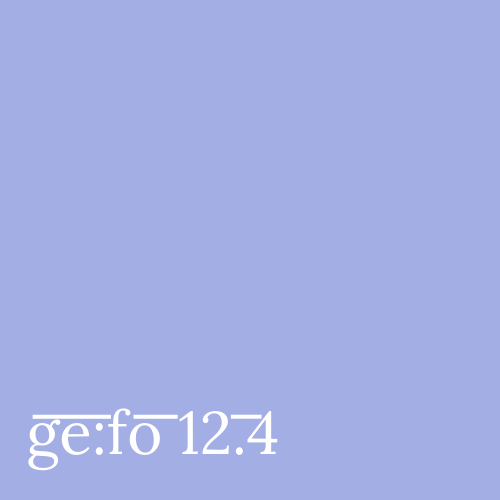Home and Away: Notions of In-betweenness in Tanika Gupta’s The Waiting Room
DOI:
https://doi.org/10.18716/ojs/gefo/2013.2596Keywords:
Tanika Gupta, culture studies, cultural inbetween-ness, binary, British-Asian writerAbstract
When faced with feisty Priya, heroine of Tanika Gupta's The Waiting Room, one cannot help but feel that ghosts on the stage have come a long way since Hamlet's gloomy father. Gupta's unlikely ghostly heroine dominates the play and all the characters in it, breaking a great many traditions as the plot develops. This article argues that Gupta's play presents a mode of cultural in-betweenness, offering alternatives to dichotomous pairs such as biography/fiction, East/West, life/death and tradition/modernity. In-betweenness as used and presented by Gupta serves as a means to criticise and reduce the ethnically limited reception and perception of British-Asian women's writers today.
"Well, I’ve been ranting and raving about this for years: (...) they put you in a box. You don’t call Tom Stoppard a Czech writer or Harold Pinter a white Jewish writer, so why do we have to be called either women writers or Asian writers? For years I had been resisting writing plays that are only about Asian people, and writing plays about arranged marriages and all the rest of the clichés. I think that if you are a writer you should be allowed to write whatever you want" (Gupta in Sierz 266).



